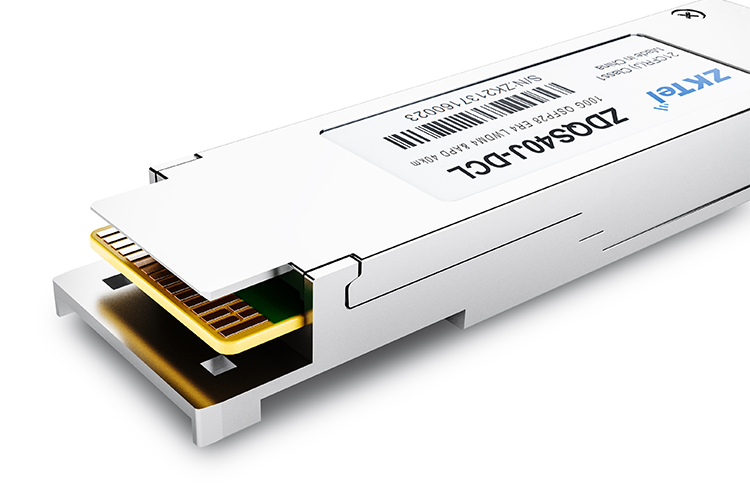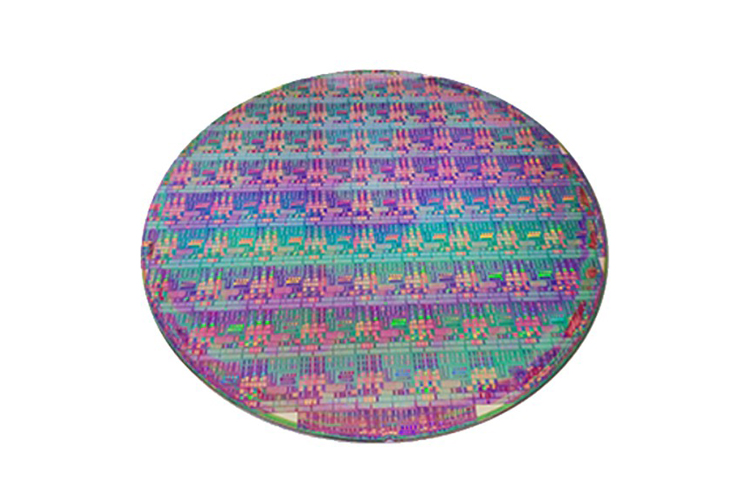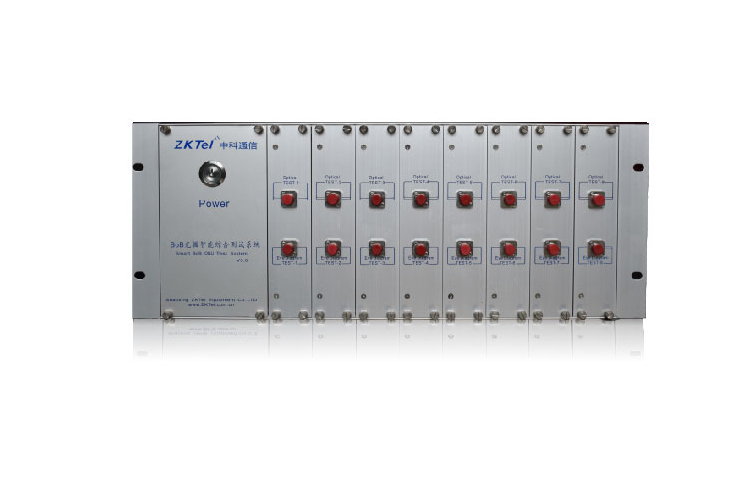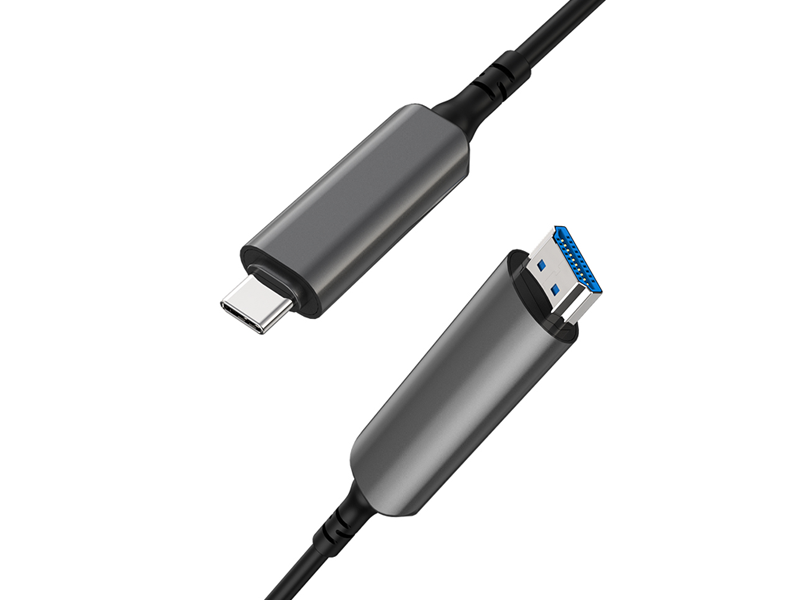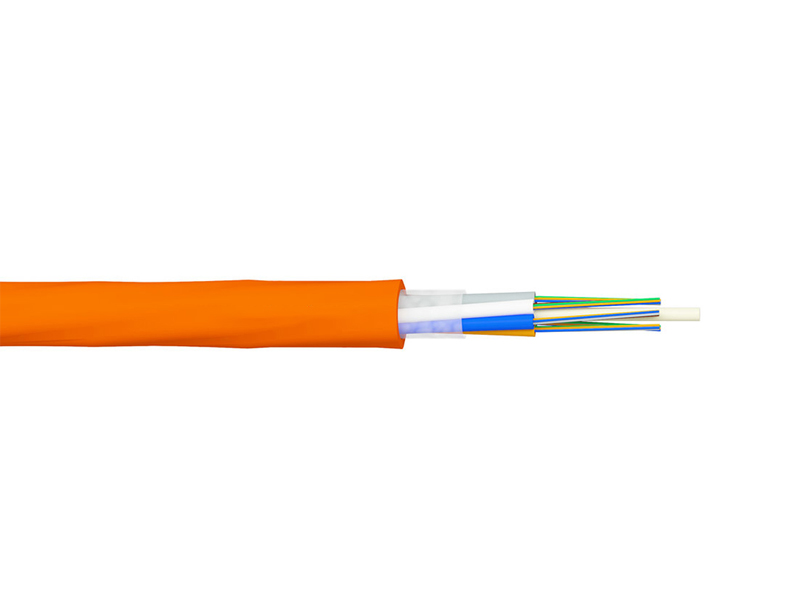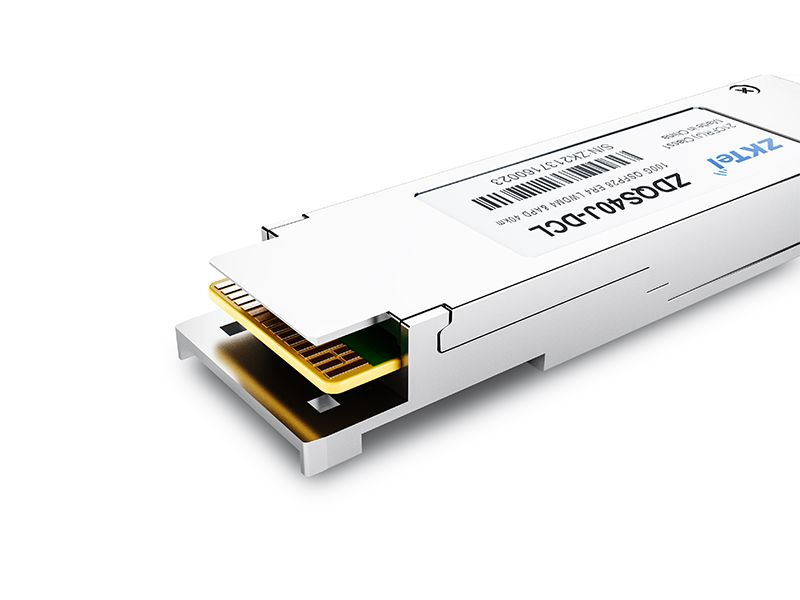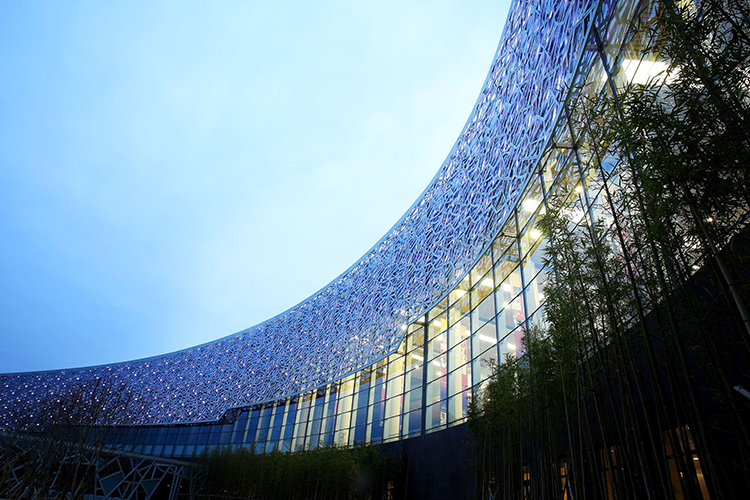(Summary description)Wavelength Division Multiplexing (WDM) is the preferred solution for 5G forwarding networks, which can be divided into DWDM dense wavelength division multiplexing, CWDM coarse wavelength division multiplexing, FWDM filtered wavelength division multiplexing, MWDM medium wavelength division multiplexing and LWDM fine wavelength division multiplexing according to the wavelength, among which CWDM and DWDM are the most common.
CWDM (Coarse WDM) is a coarse wavelength division multiplexing technology for MAN access layer, with 18 different wavelength channels, each channel is separated by 20 nm, the wavelength range is 1270 nm-1610 nm, the wavelength band covers the single-mode fiber system O, E, S, C, L and other five bands, CWDM system can improve the transmission capacity of fiber in the construction of MAN, and improve the utilization of fiber resources. It can improve the utilization of fiber resources and therefore reduce the operating cost of the network.
DWDM (Dense WDM) is a dense wavelength division multiplexing technology with channel spacing of 1.6/0.8/0.4 nm (200 GHz/100 GHz/50 GHz), which consumes 20 nm (15 million GHz) of space each compared to CWDM channels, compounding more wavelengths on the same fiber. The current DWDM system can provide 16/20 wave or 32/40 wave single-fiber transmission capacity, up to 160 wave, so that the transmission capacity of a fiber than a single wavelength transmission increased by several times to dozens of times, greatly saving fiber resources and reducing line construction costs.
FWDM (Filter WDM) is a filter wavelength division multiplexing technology, based on mature thin-film filter technology, can combine or separate different wavelengths in a wide range of wavelengths, with wide channel bandwidth, low insertion loss, high channel isolation and high environmental stability and reliability, widely used in erbium-doped fiber amplifier (EDFA), Raman fiber amplifier (RFA) and Single-mode fiber optic communication systems.
MWDM (Metro WDM) is a medium wavelength division multiplexing technology, which reuses the first 6 waves of CWDM, compresses the 20nm wavelength interval of CWDM to 7nm, and uses TEC (Thermal Electronic Cooler) temperature control technology to expand 1 wave to 2 waves, that is, the left and right offset 3.5nm to expand to 12 waves, which not only reuses the CWDM chain, but also meets the demand of 10km forward transmission distance and achieves capacity. This not only reuses the CWDM chain, but also meets the demand of 10 km forward transmission distance, which can further save fiber while achieving capacity enhancement.
LWDM (LAN WDM) for fine wavelength division multiplexing technology, usually refers specifically to the 100G optical module using four wavelength division multiplexing technology in a wavelength range of dense wavelength division multiplexing technology, based on the IEEE 802.3 definition of LAN WDM wavelength, the channel spacing of 200 ~ 800GHz, between DWDM (100GHz, 50GHz) and CWDM (about 3 THz), using 12 wavelengths located in the O-band (1260nm to 1360nm) range of 1269nm to 1332nm band, the operating wavelength is characterized by zero dispersion near, small dispersion, good stability, wavelength interval of 4nm, mainly covering 10km.
In summary, the five WDM technologies are different, and the characteristics of optical modules with different WDM technologies are also different. Welcome to know our related product information.
(Summary description)Wavelength Division Multiplexing (WDM) is the preferred solution for 5G forwarding networks, which can be divided into DWDM dense wavelength division multiplexing, CWDM coarse wavelength division multiplexing, FWDM filtered wavelength division multiplexing, MWDM medium wavelength division multiplexing and LWDM fine wavelength division multiplexing according to the wavelength, among which CWDM and DWDM are the most common.
CWDM (Coarse WDM) is a coarse wavelength division multiplexing technology for MAN access layer, with 18 different wavelength channels, each channel is separated by 20 nm, the wavelength range is 1270 nm-1610 nm, the wavelength band covers the single-mode fiber system O, E, S, C, L and other five bands, CWDM system can improve the transmission capacity of fiber in the construction of MAN, and improve the utilization of fiber resources. It can improve the utilization of fiber resources and therefore reduce the operating cost of the network.
DWDM (Dense WDM) is a dense wavelength division multiplexing technology with channel spacing of 1.6/0.8/0.4 nm (200 GHz/100 GHz/50 GHz), which consumes 20 nm (15 million GHz) of space each compared to CWDM channels, compounding more wavelengths on the same fiber. The current DWDM system can provide 16/20 wave or 32/40 wave single-fiber transmission capacity, up to 160 wave, so that the transmission capacity of a fiber than a single wavelength transmission increased by several times to dozens of times, greatly saving fiber resources and reducing line construction costs.
FWDM (Filter WDM) is a filter wavelength division multiplexing technology, based on mature thin-film filter technology, can combine or separate different wavelengths in a wide range of wavelengths, with wide channel bandwidth, low insertion loss, high channel isolation and high environmental stability and reliability, widely used in erbium-doped fiber amplifier (EDFA), Raman fiber amplifier (RFA) and Single-mode fiber optic communication systems.
MWDM (Metro WDM) is a medium wavelength division multiplexing technology, which reuses the first 6 waves of CWDM, compresses the 20nm wavelength interval of CWDM to 7nm, and uses TEC (Thermal Electronic Cooler) temperature control technology to expand 1 wave to 2 waves, that is, the left and right offset 3.5nm to expand to 12 waves, which not only reuses the CWDM chain, but also meets the demand of 10km forward transmission distance and achieves capacity. This not only reuses the CWDM chain, but also meets the demand of 10 km forward transmission distance, which can further save fiber while achieving capacity enhancement.
LWDM (LAN WDM) for fine wavelength division multiplexing technology, usually refers specifically to the 100G optical module using four wavelength division multiplexing technology in a wavelength range of dense wavelength division multiplexing technology, based on the IEEE 802.3 definition of LAN WDM wavelength, the channel spacing of 200 ~ 800GHz, between DWDM (100GHz, 50GHz) and CWDM (about 3 THz), using 12 wavelengths located in the O-band (1260nm to 1360nm) range of 1269nm to 1332nm band, the operating wavelength is characterized by zero dispersion near, small dispersion, good stability, wavelength interval of 4nm, mainly covering 10km.
In summary, the five WDM technologies are different, and the characteristics of optical modules with different WDM technologies are also different. Welcome to know our related product information.
- Categories:Tech Support
- Author:
- Origin:
- Time of issue:2022-12-30 11:16
- Views:
Wavelength Division Multiplexing (WDM) is the preferred solution for 5G forwarding networks, which can be divided into DWDM dense wavelength division multiplexing, CWDM coarse wavelength division multiplexing, FWDM filtered wavelength division multiplexing, MWDM medium wavelength division multiplexing and LWDM fine wavelength division multiplexing according to the wavelength, among which CWDM and DWDM are the most common.
CWDM (Coarse WDM) is a coarse wavelength division multiplexing technology for MAN access layer, with 18 different wavelength channels, each channel is separated by 20 nm, the wavelength range is 1270 nm-1610 nm, the wavelength band covers the single-mode fiber system O, E, S, C, L and other five bands, CWDM system can improve the transmission capacity of fiber in the construction of MAN, and improve the utilization of fiber resources. It can improve the utilization of fiber resources and therefore reduce the operating cost of the network.
DWDM (Dense WDM) is a dense wavelength division multiplexing technology with channel spacing of 1.6/0.8/0.4 nm (200 GHz/100 GHz/50 GHz), which consumes 20 nm (15 million GHz) of space each compared to CWDM channels, compounding more wavelengths on the same fiber. The current DWDM system can provide 16/20 wave or 32/40 wave single-fiber transmission capacity, up to 160 wave, so that the transmission capacity of a fiber than a single wavelength transmission increased by several times to dozens of times, greatly saving fiber resources and reducing line construction costs.
FWDM (Filter WDM) is a filter wavelength division multiplexing technology, based on mature thin-film filter technology, can combine or separate different wavelengths in a wide range of wavelengths, with wide channel bandwidth, low insertion loss, high channel isolation and high environmental stability and reliability, widely used in erbium-doped fiber amplifier (EDFA), Raman fiber amplifier (RFA) and Single-mode fiber optic communication systems.
MWDM (Metro WDM) is a medium wavelength division multiplexing technology, which reuses the first 6 waves of CWDM, compresses the 20nm wavelength interval of CWDM to 7nm, and uses TEC (Thermal Electronic Cooler) temperature control technology to expand 1 wave to 2 waves, that is, the left and right offset 3.5nm to expand to 12 waves, which not only reuses the CWDM chain, but also meets the demand of 10km forward transmission distance and achieves capacity. This not only reuses the CWDM chain, but also meets the demand of 10 km forward transmission distance, which can further save fiber while achieving capacity enhancement.
LWDM (LAN WDM) for fine wavelength division multiplexing technology, usually refers specifically to the 100G optical module using four wavelength division multiplexing technology in a wavelength range of dense wavelength division multiplexing technology, based on the IEEE 802.3 definition of LAN WDM wavelength, the channel spacing of 200 ~ 800GHz, between DWDM (100GHz, 50GHz) and CWDM (about 3 THz), using 12 wavelengths located in the O-band (1260nm to 1360nm) range of 1269nm to 1332nm band, the operating wavelength is characterized by zero dispersion near, small dispersion, good stability, wavelength interval of 4nm, mainly covering 10km.
In summary, the five WDM technologies are different, and the characteristics of optical modules with different WDM technologies are also different. Welcome to know our related product information.

